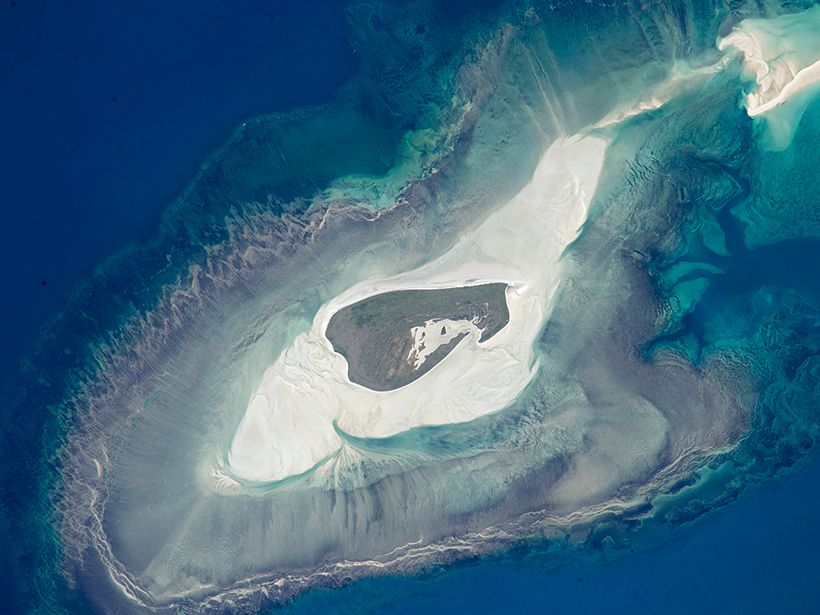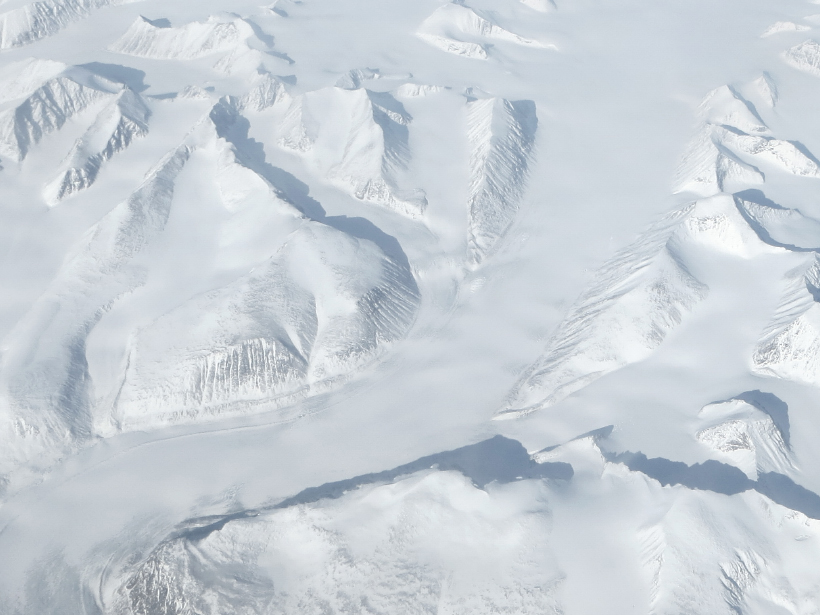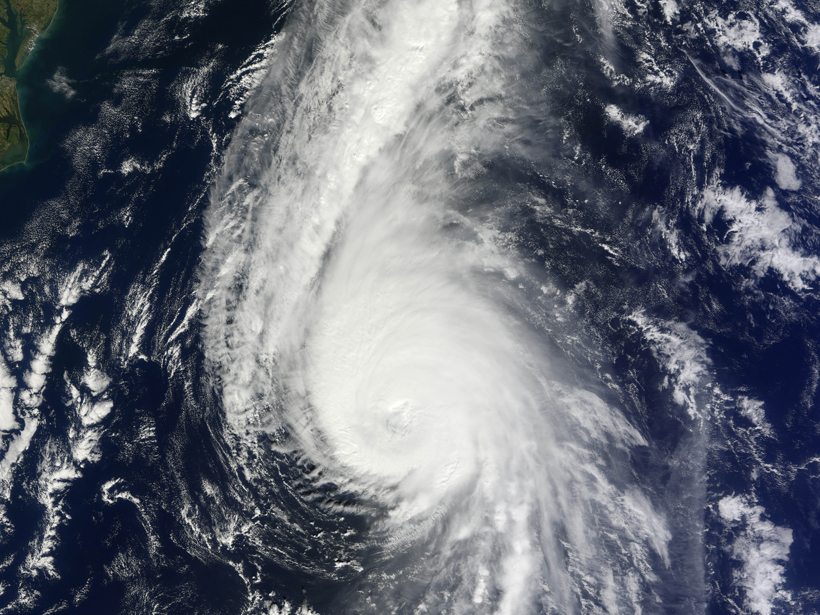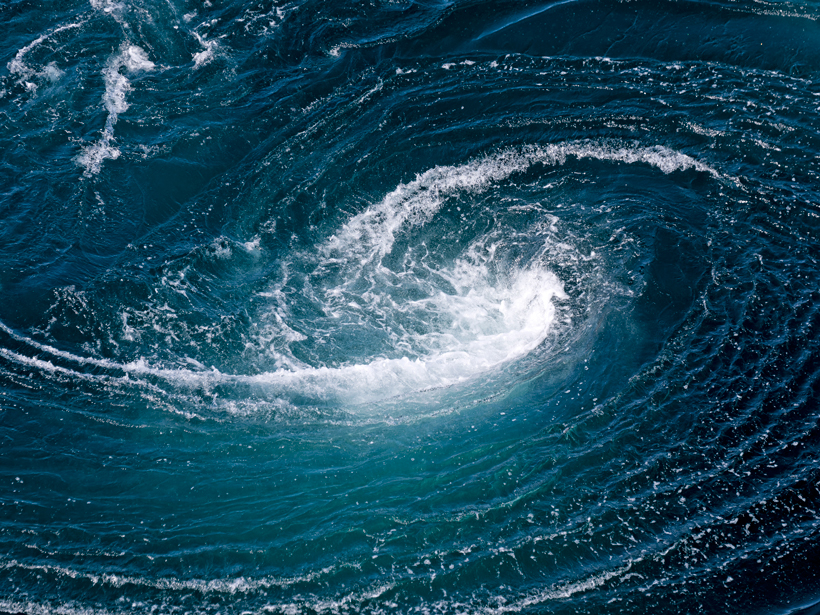New analysis of soil moisture projections from climate models could help resolve a discrepancy between expected increases in aridity and precipitation over land.
Geophysical Research Letters
Impacts of “Bomb” Cyclones Reach the Ocean Floor
Japanese researchers study explosive cyclones with models to simulate decades of ocean circulation data.
Can Ocean Tides Be Powerful Indicators of Climate Change?
A new study simulates how ocean warming due to climate change will affect the electromagnetic signal emitted by ocean tides over the next century.
How Variations in Earth’s Orbit Triggered the Ice Ages
Researchers pinpoint how Milankovitch cycles have driven ice growth and influenced the timing of glacial periods.
Antenna Towers Attract Additional Lightning Strikes
Atmospheric scientists evaluate the influence of human-made structures on lightning data.
Cosmic Muons Reveal the Land Hidden Under Ice
Scientists accurately map the shape of the bedrock beneath a glacier using a new technique.
When Ocean and Atmosphere Couple, the Climate Wobbles
Every 25–30 years, the ocean and atmosphere conspire to produce an enhanced North Atlantic Oscillation
Can Tree Planting Really Help Mitigate Climate Change?
It depends on where, when, and how.
What Happens When Ocean Eddies Hit a Wall?
A new study tracks two ocean eddies passing over the Pacific Ocean's Izu-Ogasawara Ridge.
Could Stratospheric Ozone Depletion Make Hadley Cells Expand?
Convection-driven Hadley cells are expanding poleward. Scientists now may have uncovered part of the reason why.










